Description
Transformer services–
Transformer services refer to the maintenance, repair, testing, and inspection of electrical transformers, which are critical components used to step up or step down voltage levels in electrical systems. Regular transformer services are essential to ensure the efficient and safe operation of transformers, as they are integral in power generation, distribution, and industrial applications.

Key Transformer Services:
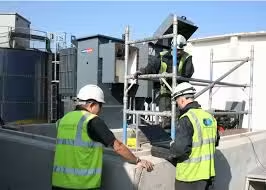
- Installation:
- Proper installation of transformers is vital to ensure correct functionality and to avoid early failures.
- It involves positioning the transformer, making the necessary electrical connections, checking grounding systems, and verifying the required clearances and insulation.
- Preventive Maintenance:
- Preventive maintenance helps avoid unexpected breakdowns and extend the transformer’s lifespan.
- Regular checks are performed to ensure:
- Oil levels and quality: The insulating oil in transformers must be checked for contamination, moisture, and levels. The oil provides insulation and cooling, and any issues here can lead to transformer failure.
- Temperature checks: Monitoring temperature to ensure the transformer is not overheating.
- Cooling system checks: Ensuring the cooling system (whether oil, air, or water-cooled) is functioning correctly.
- Inspection of bushings and tap changer: Checking for damage or wear on the transformer’s bushings (insulation components that connect electrical circuits to the transformer) and tap changers.
- Leak checks: Ensuring there is no leakage of oil or other fluids.
- Testing Services: Various tests are performed to evaluate the condition of the transformer and its components. Common tests include:

- Insulation resistance testing: Measures the resistance between different windings and earth to check for insulation faults.
- Turns ratio test: Ensures the primary and secondary windings have the correct turns ratio.
- Dielectric strength testing: Determines the oil’s ability to resist electrical breakdown.
- Frequency response analysis: Identifies mechanical issues such as core movement or winding deformation.
- Winding resistance testing: Checks the resistance of the windings to identify potential short circuits or faults.
- Power factor testing: Measures the dielectric loss in the insulation system to assess its health.
- Oil Testing and Filtration:
- Oil sampling and testing: The oil inside a transformer can degrade over time, absorbing moisture or contaminants that affect the transformer’s performance. Regular oil testing checks for contaminants, moisture levels, and acidity.
- Oil filtration: If the oil is contaminated, it can be filtered or replaced to ensure the transformer operates safely and efficiently.
- Troubleshooting and Repairs:

- Transformers can experience issues like electrical faults, insulation failures, or mechanical problems. Common faults include:
- Overheating: Can be caused by overloading, poor ventilation, or problems with the cooling system.
- Excessive noise or vibrations: Often indicates mechanical failure or issues with windings and core.
- Oil leakage: Leakage can cause loss of insulation, leading to potential failure.
- Transformer repair involves locating the issue (e.g., replacing faulty bushings, repairing shorted windings, or fixing cooling system issues) and restoring the transformer to optimal performance.
- Rewinding and Refurbishment:
- If the transformer’s windings are damaged (due to electrical faults, overheating, or aging), rewinding may be required. This process involves removing the damaged windings and replacing them with new ones.
- Refurbishment may also involve replacing other aging components such as tap changers or bushings.
- Calibration and Adjustment:
- Tap changer maintenance: The tap changer adjusts the voltage on the secondary side of the transformer and ensures proper voltage regulation. Regular testing and calibration ensure the tap changer is working correctly.
- Load adjustment: Ensuring that the transformer is operating within its rated capacity to prevent overload and ensure long-term reliability.
- End-of-Life Management:
- If the transformer is near the end of its operational life, end-of-life services can help assess whether a repair or replacement is needed.
- Disposal of old transformers may require proper handling of hazardous materials such as transformer oil, and decommissioning the unit in a safe and environmentally responsible manner.
- Upgrades:
- For older transformers, upgrading key components such as bushings, tap changers, and protection systems (e.g., installing modern monitoring systems) can improve reliability and performance.
- Upgrading control and protection systems can also enhance operational efficiency and safety.



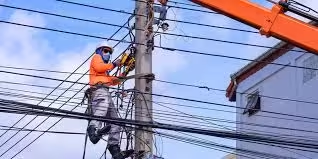
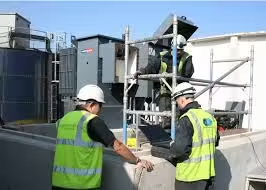
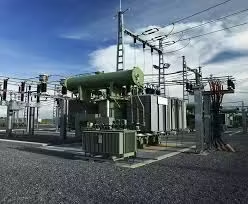



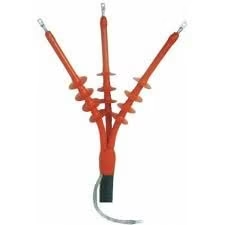


Samuel (verified owner) –
Good quality.
Kai (verified owner) –
Good service.
Patrick (verified owner) –
Good service.
Dominic (verified owner) –
Very well worth the money.
Zane (verified owner) –
Good service.
Angel (verified owner) –
Very fast delivery.
Nolan (verified owner) –
Good quality.
Nicholas (verified owner) –
Very fast delivery.